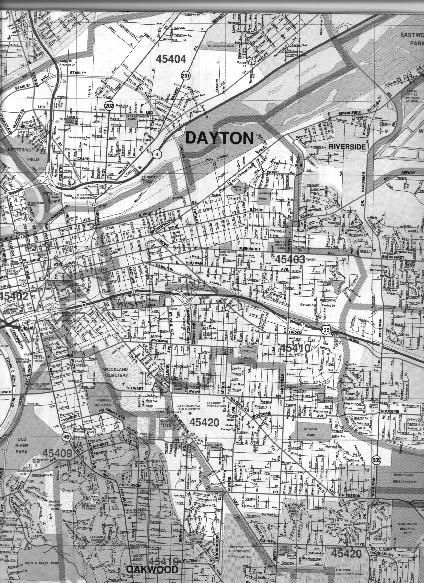
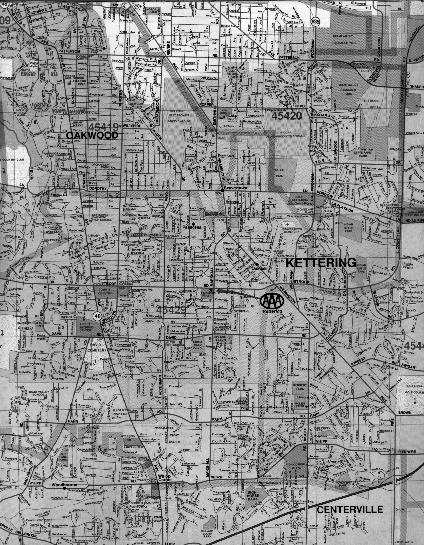
 |  |
Identify one matching point in each image. This defines a translational overlap.

Given
m1 583x424 1977536 double array m2 545x424 1848640 double array
Overlap is determined from a common point located in each image using xv
x y
m1 226 516
m2 165 79
--------------
61 437
matlab code:
c1=zeros(1000,500); c1(1:583,1:424)=m1; c2=zeros(1000,500); xoff = 61; yoff=437; c2((1+yoff):(545+yoff),(1+xoff):(424+xoff))=m2; c = c1 + c2 - c1.*c2; tiffwrite(c,'join.tif');

A small section of the overlap region is shown below. The section is enlarged by a factor of four.
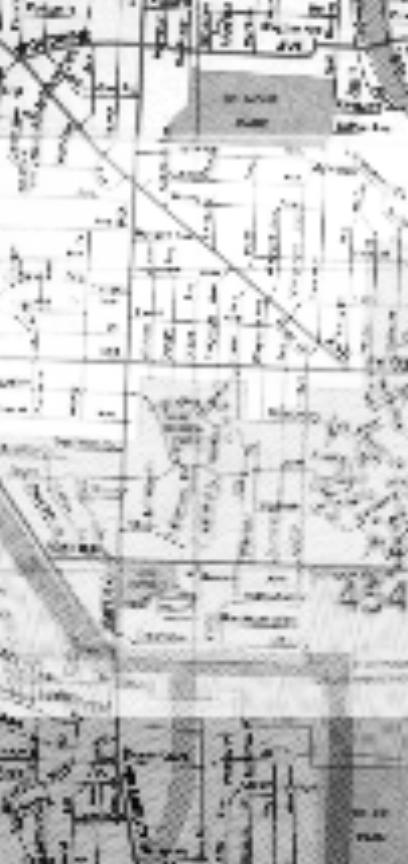
The overlap takes the complement of the product of the complemented images:
out = 1 - (1-m1)*(1-m2) out = m1 + m2 - m1*m2
The following shows an overlapped section where one image is displaced 5 pixels horizontally. The section is enlarged by a factor of four.
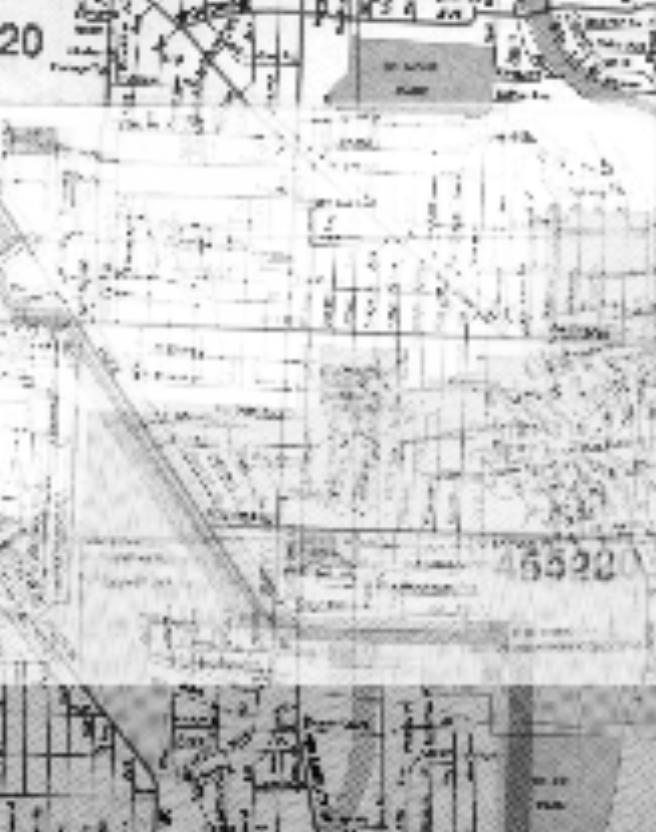
The cross-correlation image below is scaled by 1/4 in size.
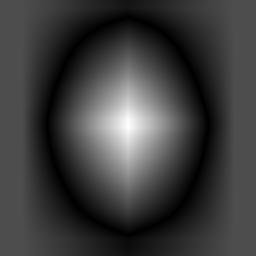
No sign of a secondary peak
 |  |
The cross-correlation image below is scaled by 1/4 in size.
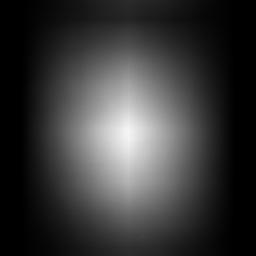
still no sign of a secondary peak
Extract common regions from each image
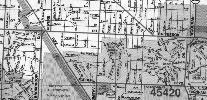 | 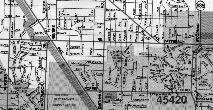 |
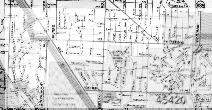
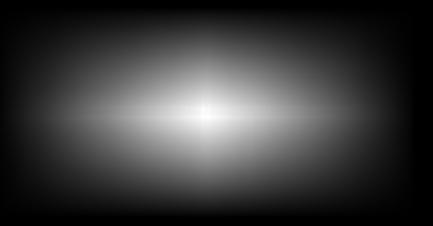
There is a secondary peak in the above image located (-5,9) pixels from the center, but it is much clearer in the following image.
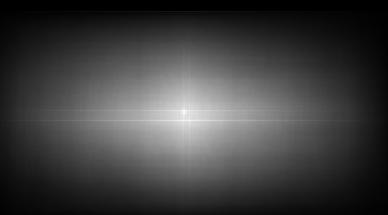
Maintained by John Loomis, last updated July 22, 1997